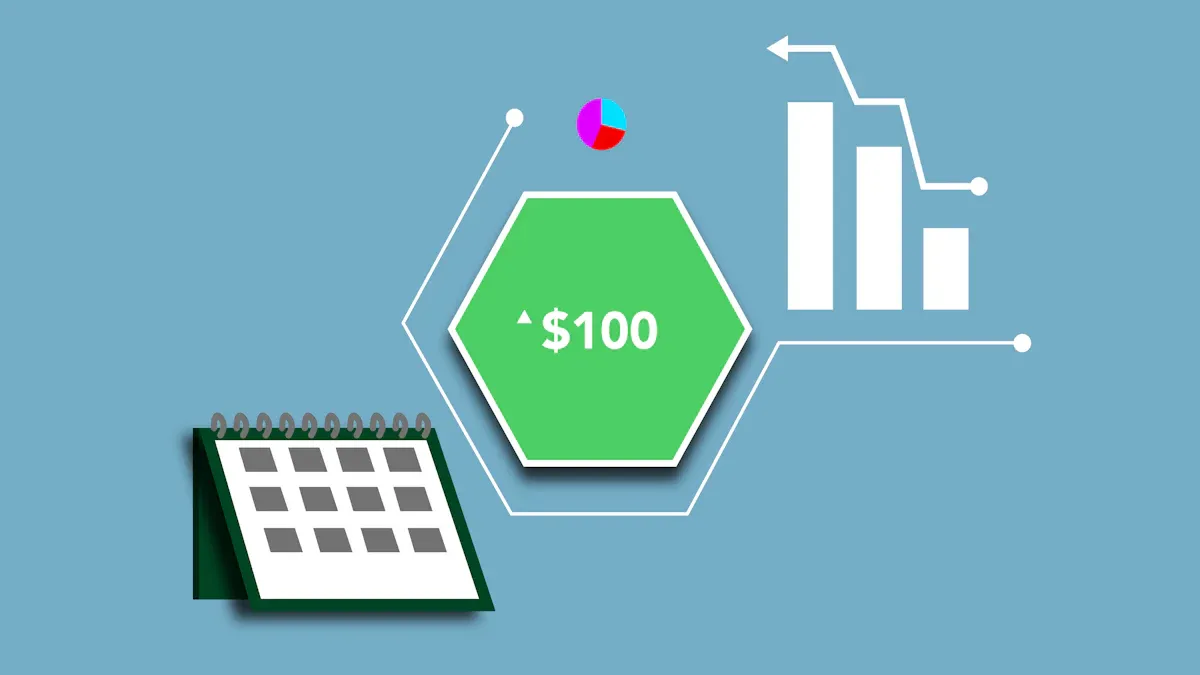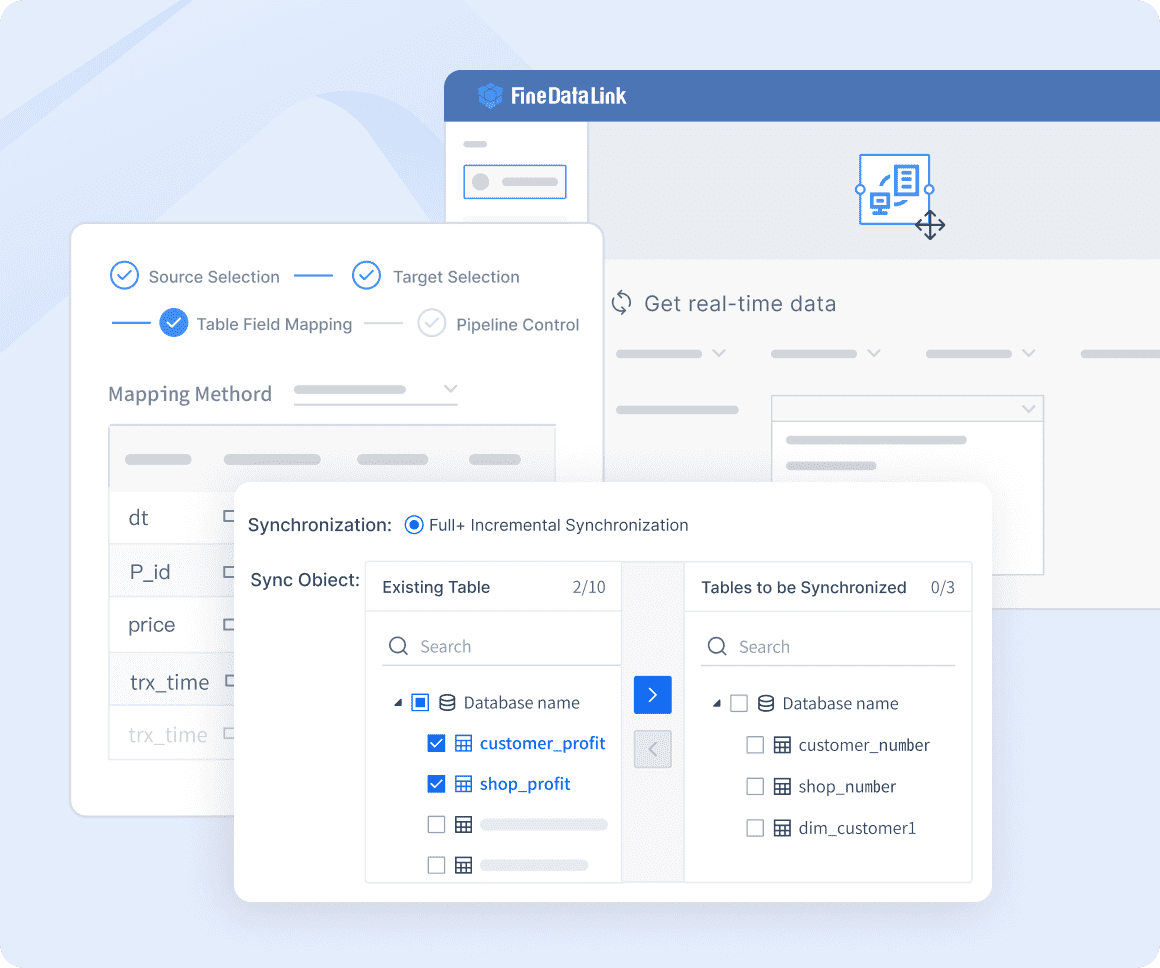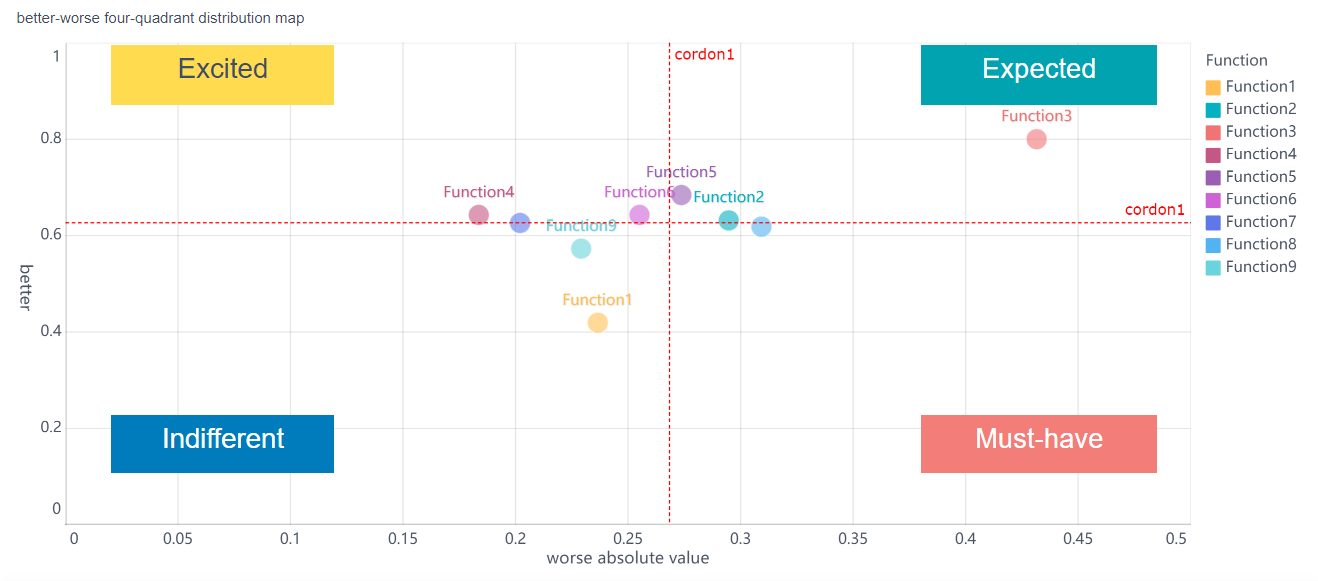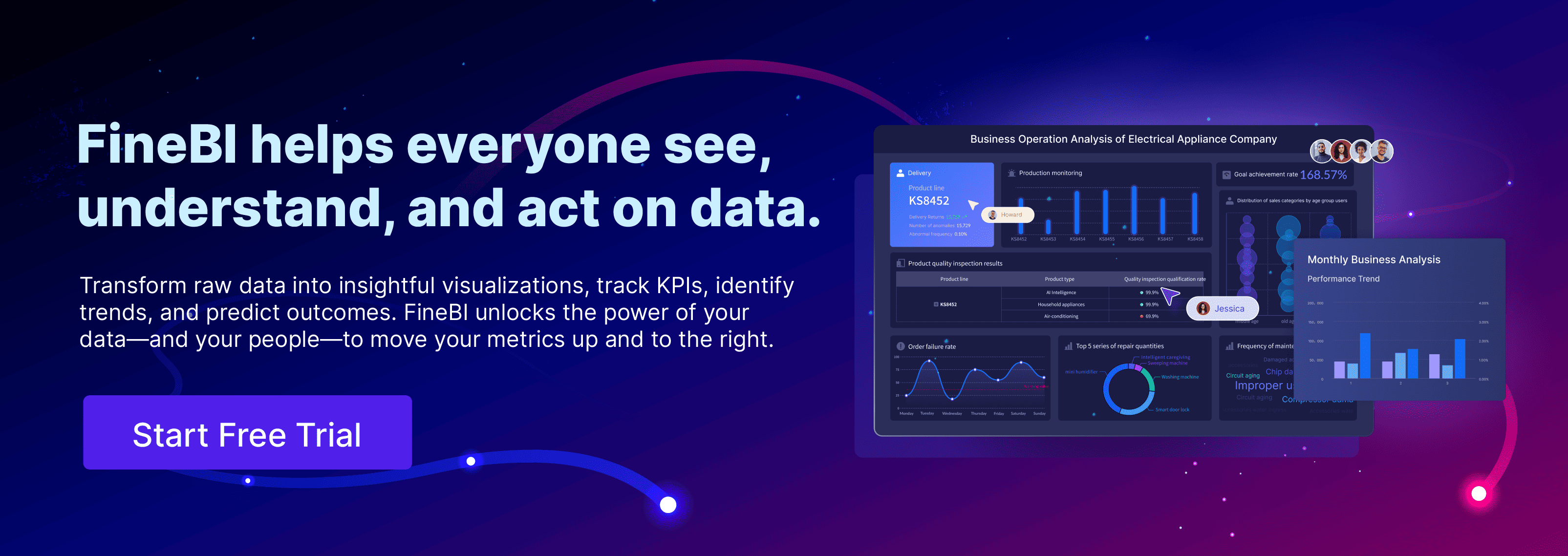

You can think of the law of demand as a simple rule. When prices go up, people buy less. When prices go down, people buy more. This idea helps you understand your shopping choices. It also helps businesses decide how to set prices. For example, companies like FanRuan use FineBI to study price changes. They look at how price changes affect what customers want. Many people think demand is just wanting something. But demand also means having money to buy it. Businesses use this rule to plan prices. They predict sales and manage inventory. They also change marketing to fit what you need.
Law of Demand Basics

Core Principle
The law of demand is a simple rule in economics. If something costs more, people buy less of it. If the price drops, people buy more. This shows that price and quantity move in opposite ways. You can see this when you shop for snacks or clothes.
The law of demand helps explain your choices. If your favorite drink costs more, you might buy less or pick a cheaper one. If the price goes down, you may buy more or try new flavors. Stores use this idea for sales and discounts.
Economists say "ceteris paribus" when talking about the law of demand. This means "all other things being equal." It lets you focus on price and quantity without thinking about other changes. You can see how price alone changes what you want to buy.
The law of demand works in many industries. Here are some main ideas:
- When prices go up, people buy less.
- This rule is important in economics. It helps explain how markets work and how prices are set.
- Diminishing marginal utility supports this rule. The more you have, the less extra happiness you get from each new item. So, you do not want to pay a lot for more.
Price and Quantity
You can see price and quantity on a graph. Economists call this the demand curve. The x-axis shows quantity. The y-axis shows price. The curve goes down from left to right. This shows that price and quantity move in opposite ways. Higher prices mean less buying. Lower prices mean more buying.
Demand and quantity demanded are not the same. Demand is the whole relationship between price and quantity. Quantity demanded is how much you want to buy at one price.
Price changes affect quantity demanded in different ways. The table below shows some effects:
| Effect Type | Description |
|---|---|
| Price Effect | Quantity demanded changes when price changes. This mixes substitution and income effects. |
| Substitution Effect | You pick other goods when prices change. This changes how much you buy. |
| Income Effect | Changes in income affect what you can buy. Price changes change how much you buy. |
| Normal Goods | You buy more when your income goes up. Price changes can make you buy more. |
| Inferior Goods | You buy less when your income goes up. Price changes can make you buy more if income drops. |
| Giffen Goods | You buy more when price goes up. This is rare and does not follow the usual law of demand. |
The law of demand is important in macroeconomics. You use it with the law of supply to see how things are shared in the market. Knowing this law helps you find good prices and amounts to buy. It helps you make smart choices and helps businesses set fair prices.
Law of Demand in Action

Everyday Examples
You notice the law of demand all the time. Think about buying ice cream. If the price goes down, you might get two scoops. If the price goes up, you may skip dessert or get a smaller size. Stores use sales to get you to buy more. Movie theaters lower ticket prices on weekdays. More people go to movies when tickets are cheaper. Grocery stores have deals on snacks. You and your friends buy extra chips when they are on sale.
Businesses watch these buying habits closely. They see how much people buy when prices change. Companies like FanRuan use FineDataLink to gather and study this data. With better information, they can guess what you will buy and when. This helps them set prices that fit what customers want.

The Demand Curve
The demand curve shows how price and quantity demanded are linked. You can imagine it as a line going down on a graph. The up-and-down side shows price. The side-to-side part shows quantity demanded. When price drops, people buy more. When price goes up, people buy less. This curve helps you see how people change what they buy when prices change.
Firms try to make the most money by making more until marginal revenue matches marginal cost, then setting prices using the demand curve.
The firm uses multipart pricing to get some of the consumer surplus. By charging different prices for different amounts, the firm can earn more money based on what people want.
A good pricing plan makes sure the price covers costs and brings in the profit the business wants, using demand analysis.
You can also look at the market demand curve. This curve adds up what everyone wants to buy. Businesses use this to make smart plans. With FineBI, companies can see changes in demand right away. They use this to change prices, plan what to stock, and make more money. When you see a sale or a price change, you are seeing the law of demand at work.

FineBI helps teams turn real-time demand data into clear insights—so they can respond faster, price smarter, and plan with confidence.
Factors Affecting Demand
Key Influences
You notice demand changes all the time. Many things can change how much you buy. Price is not the only thing that matters. These things are called factors that affect demand. Some important ones are:
- Income: If you get more money, you buy more things. If you lose money, you buy less.
- Tastes and Preferences: Your likes can change. New trends make you want new products.
- Prices of Related Goods: If tea gets cheaper, you may buy less coffee. If peanut butter costs more, you may buy less jelly.
- Population Size: More people means more demand for things.
- Expectations: If you think prices will go up, you buy now. If you think prices will drop, you wait.
- Seasonal Factors: Some things, like coats or ice cream, sell more at certain times.
Businesses use FineDataLink to watch these changes. They use charts and real-time data to see what happens. These tools help companies handle demand better. The table below shows how these tools help:
| Feature | Benefit |
|---|---|
| Real-time analytics | Make fast choices with new data |
| Intuitive visualization | See trends without confusion |
| Data-driven insights | Use numbers to plan smart moves |
| Performance monitoring | Check if you meet customer needs |
| Pricing optimization | Set prices people like |
| Restock alerts | Keep enough items ready |
| Multi-channel strategies | Handle sales on many platforms |
Assumptions
The law of demand works best when things do not change. You need to remember these points:
- No change in consumer income
- No change in consumer tastes and preferences
- No change in prices of related goods
- No change in population size
- Consumers act in smart ways
- No guess about future price changes
- Perfect competition in the market
If any of these change, price and quantity demanded can change too. The demand curve may move left or right. With data tools, you can see changes early and make good choices.
Exceptions to the Law of Demand
Giffen and Veblen Goods
Most of the time, you see demand go down when prices rise. However, some goods break this rule. Economists call these Giffen goods and Veblen goods.
- Giffen goods are rare. You find them in special situations. For example, in a famous study in China, researchers saw that when the price of rice dropped in Hunan, people actually bought less rice. Rice was a staple food there. When it became cheaper, families could afford better foods, so they did not need as much rice. In Gansu, where wheat was the main food, this effect was weaker because people had more choices and less money.
- Veblen goods are luxury items. You might see demand rise as the price goes up. People want these goods because they show off wealth or status. A high price makes these items more attractive. For example, some people buy expensive watches or designer bags to stand out. The higher the price, the more some people want them.
These exceptions show that not all goods follow the usual law of demand. Sometimes, what you want depends on more than just cost.
Other Cases
You can find other rare situations where the law of demand does not work as expected.
- Some goods are necessities. You need them no matter what. Even if prices rise, you still buy them because you cannot live without them.
- If you think prices will go up soon, you might buy more now, even if the current price is high. This happens with things like fuel or food before a storm.
- Sometimes, people believe that a higher price means better quality. You may buy more of something just because it costs more.
- Giffen goods and Veblen goods also fit here. Giffen goods see demand rise with price due to special income effects. Veblen goods become more desirable as their price increases.
You can see that demand does not always move in the usual way. These exceptions help you understand why quantity demanded can sometimes rise when prices go up.
Why the Law of Demand Matters
Real-World Impact
You notice the law of demand every day. If your favorite snack costs less, you might buy extra. If it costs more, you may pick something else. This rule changes how you shop and how stores set prices. It also shapes how markets work. The law of demand explains why things cost what they do. It also explains why you see sales or discounts.
The law of demand is not just for shoppers. It helps businesses and whole markets make choices. When demand changes, companies must act fast to keep up.
Changes in demand can change how companies work. Here are some ways these changes affect businesses:
- Changes in demand affect how companies manage stock, set prices, and handle money risks.
- Good demand forecasting helps companies match what customers want. This helps them make more money.
- Seasons and the economy change how people spend. This changes demand.
- Good forecasting saves money by keeping the right amount of stock.
When you know about the law of demand, you can make better choices. You can find good deals and know when to wait for a sale.
Business Insights
Businesses use the law of demand to make smart plans. They look at the demand curve to see how price changes affect what people buy. This helps them set prices that bring in more customers. It also helps them sell more. Companies use demand data to plan how much to make and when to restock.
FanRuan gives companies strong tools to use demand data. As a leader in business intelligence, FanRuan helps companies gather and study data from many places.
When you use data to learn about demand, you lower risks. You also find new chances to grow. The law of demand gives you a clear guide for making choices in business and in life.
You notice the law of demand almost every day. When prices go up or down, you change what you buy. This rule shows how markets work and why stores set prices.
| Main Points of the Law of Demand | Description |
|---|---|
| Relationship between Price and Demand | If price goes up, people buy less. If price drops, people buy more. |
| Ceteris Paribus | This rule works only if nothing else changes. |
| Assumptions | It means no new likes, same income, and no new choices. |
| Exceptions | Sometimes, people buy more even when prices rise. |
Businesses use data to guess what people will buy. They use this to avoid problems and make good plans. You can use these ideas to save money and shop smarter. FanRuan helps companies use demand data to plan and grow.
FanRuan
https://www.fanruan.com/en/blogFanRuan provides powerful BI solutions across industries with FineReport for flexible reporting, FineBI for self-service analysis, and FineDataLink for data integration. Our all-in-one platform empowers organizations to transform raw data into actionable insights that drive business growth.
FAQ
You see the law of demand when you buy less of something as the price goes up. If the price drops, you usually buy more. This rule helps you understand how prices affect your choices.
The demand curve slopes downward because you want to buy more when prices fall. Higher prices make you buy less. This pattern creates a line that goes down from left to right on a graph.
Yes, you can find exceptions. Some goods, like luxury items or Giffen goods, do not follow the usual rule. In these cases, you might buy more even when prices rise.
Businesses use demand data to set prices, plan inventory, and predict sales. With tools like FineDataLink, you can track changes in real time and make smarter business decisions.
Many things can shift demand:
Changes in income
New trends or preferences
Prices of related goods
Population changes
Expectations about the future







